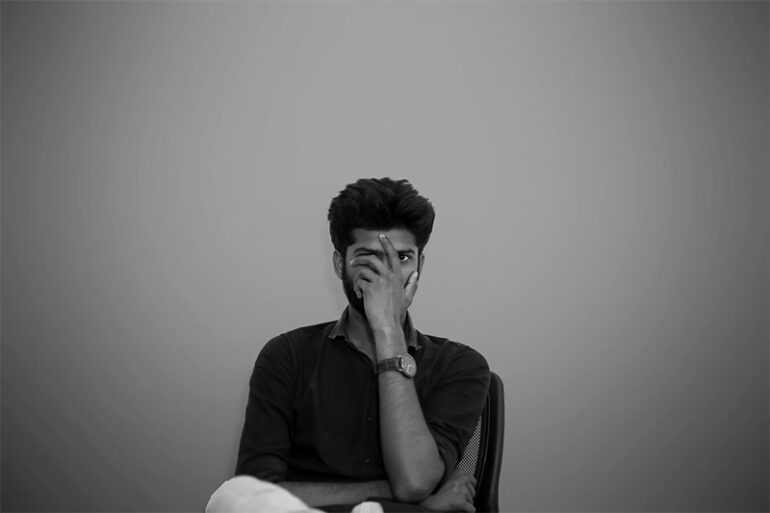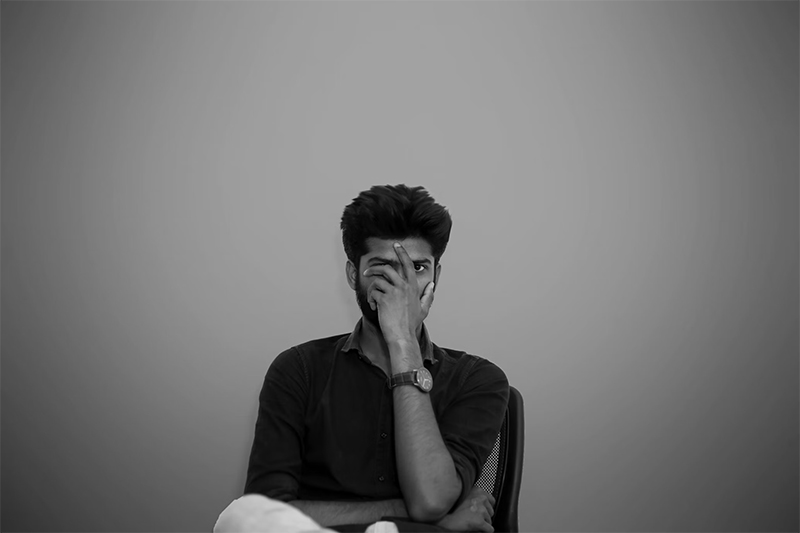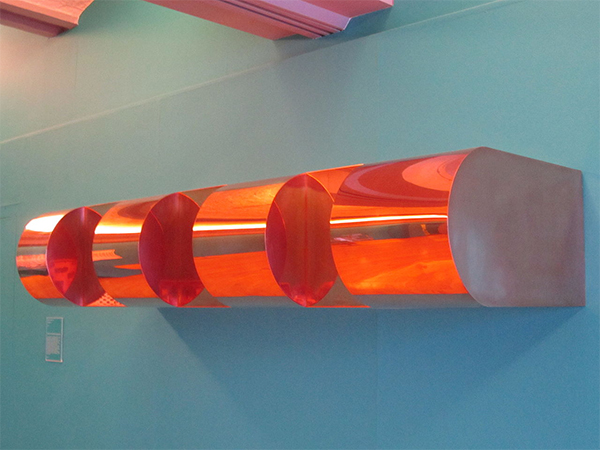The movement stems from mid-20th century art and represents a kind of quasi-intentional reaction against the complexity and emotional exuberance of Abstract Expressionism. Artists under this movement sought to distill their creations to essential elements, stripping away excess to evoke profound meaning. Simplicity, accuracy, and reduction to basic forms—these were some of the traits of Minimalism that posed a challenge to conventional artistic norms and really set people thinking about what role silence and space really play in artistic representation.
Origins of Minimalism in Art
The roots of Minimalism in art date from the middle of the previous century when the whole movement was a reaction to the complexity and emotional saturation of Abstract Expressionism. It inspired artists to try and strip off everything excessive and focus on the essential to make it speak profound meaning. This was a movement that focused on simplicity, preciseness, and reduction to basic forms. Embracement of austerity and restraint revolutionized the art world, thus provoking contemplation on the power of silence and space within the realms of artistic expression.
Characteristics of Minimalist Art
Minimalist art is typified with simplicity, geometric shapes, and clean lines. Often, artists in this category of movement apply monochrome colors to lessen visual noise and bring about an art piece that has a taste of purity and clarity. The space and form used here are done so with an intention, as they enable the viewer to empathize with the art on a much deeper level through internal individual reflections and contemplations. Free from unnecessary details, Minimalist art imposes the meaning on viewers from the implied meanings of the form, light, and space through which this art subtlety speaks.
Influential Minimalist Artists
The major contributors and leading Minimalist artists have made their place in the art world with innovative methods and styles. Donald Judd: One of the foremost artists associated with Minimalist sculpture was Donald Judd. He concentrated on the relationship between art and space, using industrial materials to build geometric forms. The serene and meditative paintings with subtle grids and delicate lines from Agnes Martin brought forth a sense of tranquility and introspection to me. These influential artists completely revolutionized the landscape of Minimalism into changing their unique and different artistic visions.
Impact of Minimalism on Contemporary Art
Minimalism has influenced the very heart and mind of contemporary art, since most artists continue to draw some of their influences from the basics of simplicity and reduction. Clean lines, minimal color palettes, and spatial relationships are some of the ways the aesthetics of Minimalism are usually shown in contemporary artworks. Therefore, it is a permanent heritage reflected through different forms of art, from sculpture to digital art; all of them represent the continued appreciation of the powerful values that minimalism offers in conveying profound artistic expression.
Thus, the roots of Minimalism in art could be traced to the crucial response of the complexities of Abstract Expressionism that begot a movement emphasizing simplicity, precision, and reduction in artistic expression. Minimalist artists confront the conventional, classical, or academic traditions of art; they use only geometrical forms, clear lines, and monochrome palettes so that the spectator is fully aroused for self-questioning and meditation. Their influence, lasting influence, calls up the work of many contemporary artists working in all kinds of mediums, from so many worlds.
Photo Attribution:
1st & featured image by https://unsplash.com/photos/a-black-and-white-photo-of-a-man-sitting-in-a-chair-4zS07htFJDE
2nd image by https://commons.wikimedia.org/wiki/Category:Donald_Judd#/media/File:Untitled_by_Donald_Judd,_Tate_Liverpool.jpg


